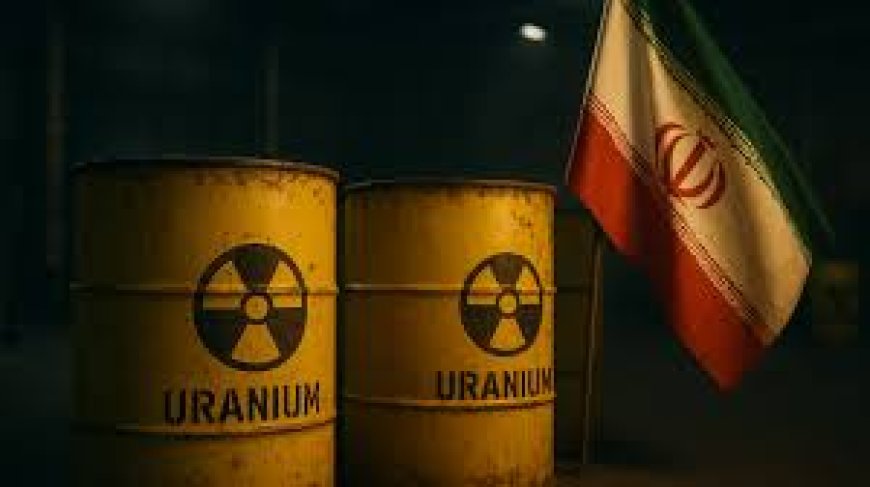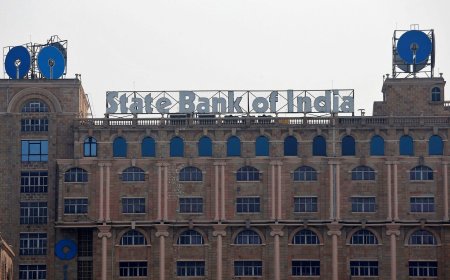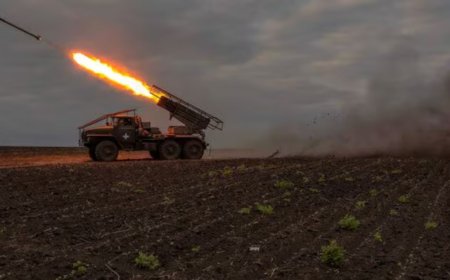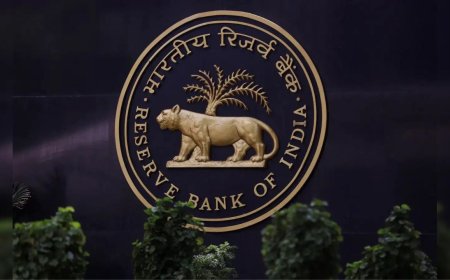Iran’s missing 400 kg of enriched uranium raises alarm after US strikes
A missing 400 kg stockpile of enriched uranium in Iran stirs international concern amid escalating US-Iran tensions and recent military strikes. Nuclear fears grow.

Nuclear Mystery Deepens Amid Rising Tensions
In a development that has rattled nuclear watchdogs and geopolitical observers alike, Iranian officials have reportedly failed to account for approximately 400 kilograms of enriched uranium, sparking widespread concern across the global diplomatic and intelligence communities. The alarming revelation comes shortly after targeted U.S. strikes on Iranian-backed military installations in Syria and Iraq, further complicating an already fragile Middle East security landscape.
The International Atomic Energy Agency (IAEA), which monitors Iran’s nuclear activities under the 2015 Joint Comprehensive Plan of Action (JCPOA), has confirmed in a confidential report circulated to member states that the unexplained disappearance of enriched uranium could have significant implications. The material in question, enriched up to 60%, falls just short of the 90% level required for weapons-grade capabilities, amplifying suspicions that Iran may be closer than previously thought to a nuclear breakout.
Intelligence Concerns and Geopolitical Implications
Multiple Western intelligence agencies are reportedly on high alert, considering the possibility that the missing uranium may have been diverted for covert weaponization purposes or transferred to a proxy organization. U.S. State Department officials, speaking on background, called the development “deeply troubling,” adding that Iran’s lack of transparency adds another layer of volatility to regional stability.
A senior Israeli defense official, who requested anonymity, stated, “This is a line crossed. Missing uranium at this enrichment level is not a clerical error—it’s a strategic maneuver. We are now preparing for all contingencies.”
Iran’s Atomic Energy Organization, however, has denied any wrongdoing. In a brief statement, the agency said, “There is no missing uranium. The IAEA is welcome to continue its verification processes under existing safeguards.”
US Strikes Add Fuel to the Fire
Tensions were already boiling before the uranium controversy surfaced. Over the past week, U.S. forces launched retaliatory airstrikes against Iranian-backed militia sites in Syria and Iraq in response to a deadly drone attack that killed three American service members. The Pentagon labeled the strikes as “proportional and necessary,” but Tehran called them an act of aggression.
The convergence of these two major developments—the disappearance of nuclear material and the escalation of military hostilities—has reignited fears of a direct U.S.-Iran conflict and a possible nuclear crisis in the Gulf region.
Market and Oil Shockwaves
The geopolitical uncertainty has rippled through global markets, particularly affecting oil and defense sectors. Brent crude prices surged nearly 4% to $89.40 per barrel on news of the uranium’s disappearance, driven by fears of supply disruption in the Strait of Hormuz, through which nearly 20% of global oil flows.
Defense stocks also experienced an uptick. Shares of U.S. defense contractor Lockheed Martin rose by 2.6%, while Israeli defense firm Elbit Systems saw a 3.1% gain amid speculation of increased regional procurement.
“The missing uranium incident adds a layer of urgency to already elevated risk premiums in oil and defense,” said Claire Douglas, a geopolitical risk analyst at BlackRock. “Investors are recalibrating their portfolios to price in the new level of unpredictability.”
Analyst Perspectives: What Comes Next?
Experts say this development may significantly shift the tone of international negotiations with Tehran, particularly among European powers still clinging to the remnants of the JCPOA.
Dr. Michael Emerson, a former EU-Iran nuclear envoy, commented, “This isn’t just a red flag—it’s a five-alarm fire. If Iran is indeed diverting enriched uranium, it brings us dangerously close to a nuclear flashpoint. Diplomacy is no longer an option—it’s a necessity.”
Conversely, some voices argue that the current pressure might eventually bring Iran back to the negotiation table, albeit with much sterner terms. “Tehran thrives in ambiguity,” said Behnaz Mahdavi, an Iranian-American political analyst. “But this time, the stakes are exponentially higher, both for the regime’s internal stability and its international standing.”
Investor Outlook: Risk Hedging and Safe Havens
Given the mounting tension, investors are expected to adopt a more defensive posture. Safe-haven assets like gold have already begun to climb, with prices rising 1.8% to $2,378 per ounce. Currency markets also reflect unease, as the U.S. dollar strengthened against emerging-market currencies linked to oil imports.
“With the dual threat of military conflict and nuclear escalation, investor sentiment is leaning toward capital preservation,” noted Anil Kapoor, managing director at Kotak Securities. “Watch for movement in gold, Swiss franc, and long-dated U.S. Treasuries.”
Diplomatic Fallout and Strategic Realignment
The discovery (or lack thereof) of Iran’s missing uranium is likely to further polarize global diplomatic alignments. The United Nations Security Council has called for an emergency closed-door meeting, while NATO has issued a statement urging restraint and transparency from Tehran.
China and Russia, traditionally supportive of Iran, have thus far remained muted, though Beijing has privately expressed concern about the possibility of a nuclear arms race in the Middle East. Meanwhile, Gulf states like Saudi Arabia and the UAE are reportedly reviewing their own nuclear deterrent strategies amid the evolving threat matrix.
A Global Flashpoint in the Making
Whether the missing uranium is a bureaucratic oversight or a deliberate escalation, the implications are severe. The intersection of opaque nuclear intentions and open military confrontation places the Middle East—and the world—on edge. The coming weeks are likely to test the limits of diplomacy, deterrence, and geopolitical endurance.
What's Your Reaction?
 Like
0
Like
0
 Dislike
0
Dislike
0
 Love
0
Love
0
 Funny
0
Funny
0
 Angry
0
Angry
0
 Sad
0
Sad
0
 Wow
0
Wow
0












































































